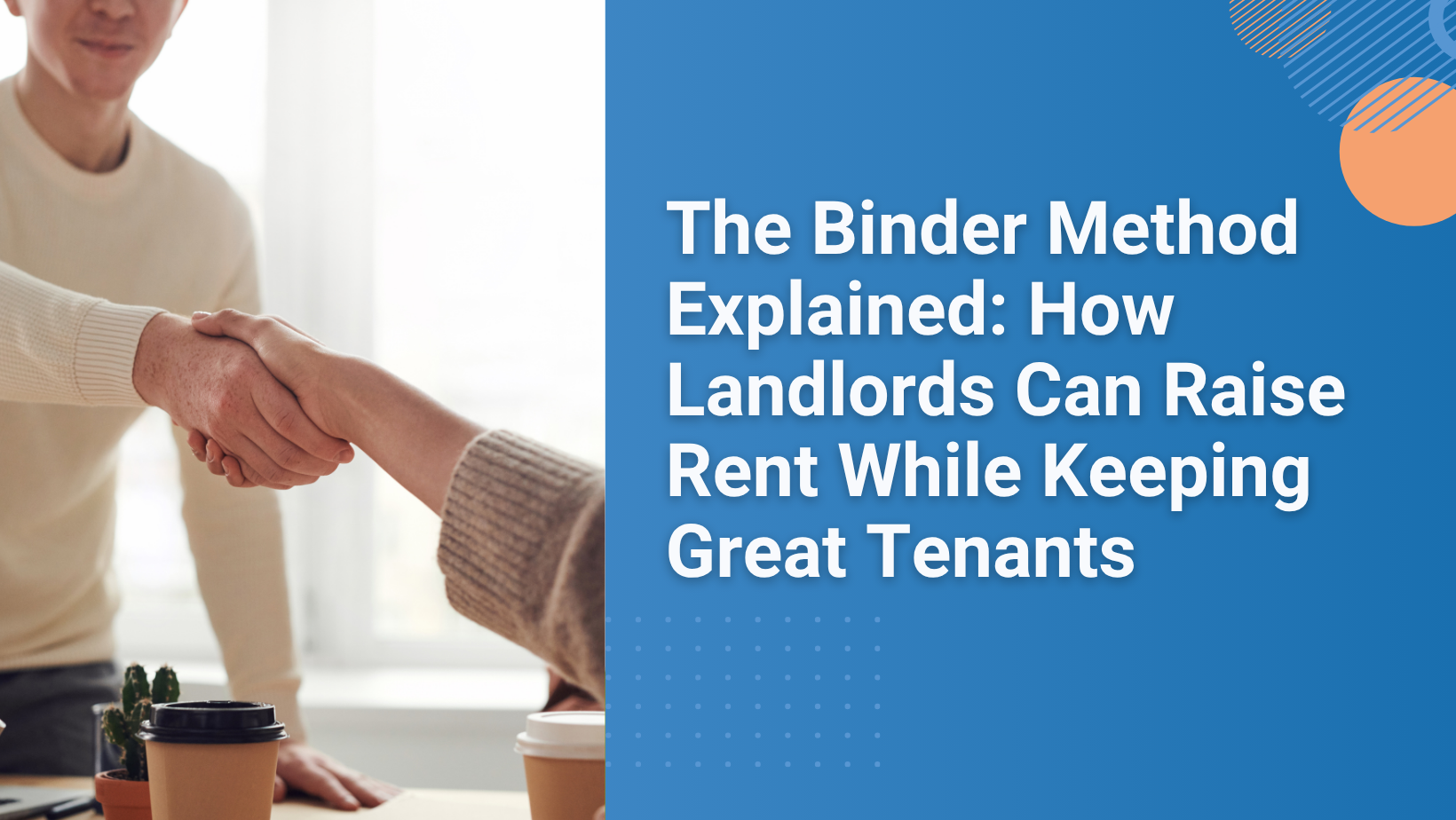
The 1% Rule Explained: How to Quickly Screen Rental Properties for Cash Flow

When you’re evaluating a rental property, time is money. The faster you can determine whether a deal has strong cash flow potential, the more efficient your investing becomes.
That’s where the 1% Rule comes in — a quick formula used by real estate investors to screen potential rental properties before diving into deeper analysis.In this article, we’ll break down what the 1% Rule is, how it compares to other key investment metrics, and how tools like Rentometer’s Rent Yield Tracker can help you apply it more precisely in today’s market.
What Is the 1% Rule?
The 1% Rule is a simple guideline for evaluating whether a property’s rent-to-price ratio is strong enough to generate positive cash flow. A property passes the 1% Rule if the expected monthly rent is at least 1% of the property’s purchase price.
Example:
If a home costs $200,000, it should rent for at least $2,000 per month to meet the rule.
Stay connected
Get rental market insights delivered straight to your inbox.
- Passes the 1% Rule: $2,000+ rent on a $200,000 property
- Fails the 1% Rule: $1,400 rent on a $200,000 property (0.7%)
This quick metric helps investors screen properties for income potential before digging into deeper financial modeling. Markets with high purchase prices but moderate rents (like San Francisco, Boston, or Seattle) often fail the 1% test, while more affordable metros (like Cleveland, Memphis, or Toledo) frequently pass — signaling stronger cash flow opportunities.
The 1% Rule vs. Other Investment Metrics
While the 1% Rule is a great starting point, experienced investors also use more detailed metrics to fully evaluate an investment. Here’s how they compare:
1. Cash-on-Cash Return
- What it measures: Your annual pre-tax cash flow divided by the total cash invested (including down payment, closing costs, and rehab expenses).
- Why it matters: It reflects the true return on your actual capital, not just the property’s price.
- How it differs: The 1% Rule looks at income potential relative to price — it doesn’t account for financing, taxes, or expenses. Cash-on-cash return shines when leverage is involved, as it measures how effectively your invested cash generates income after accounting for mortgage payments and expenses. It’s less useful for all-cash deals, where cap rate is the better comparison metric.
2. Cap Rate
- What it measures: Net Operating Income (NOI) ÷ Property Value.
- Why it matters: Cap rate incorporates expenses, giving a clearer sense of true property performance.
- How it differs: The 1% Rule assumes a simplified rent-to-price ratio, while cap rate measures actual profitability after accounting for taxes, insurance, and maintenance. Commonly used for multifamily and commercial properties, where investors compare opportunities on an un-leveraged basis to assess market value and risk.
3. Appreciation-Based Investing
- What it measures: Potential long-term value growth rather than immediate income.
- Why it matters: In many high-priced or fast-growing markets, few — if any — properties meet the 1% Rule or deliver strong cash-on-cash returns. Investors in these areas often buy for future appreciation, betting on rising home values driven by job growth, population increases, and limited housing supply.
- How it differs: While the 1% Rule and cash flow metrics emphasize steady monthly income, appreciation-focused strategies aim for equity gains over time — often accepting lower initial returns in exchange for long-term value growth.
Rentometer CEO Joins Michael Zuber to Decode Key Investment Metrics
Our CEO, Mike Lapsley, joined Michael Zuber on the One Rental at a Time podcast to break down the calculation methods behind smart investing. Tune in as they compare metrics like cap rate, cash-on-cash return, and appreciation—and when each works best.
When the 1% Rule Works (and When It Doesn’t)
Best for:
- Single-family and small multifamily rentals
- Buy-and-hold investors focused on steady income
- Markets with strong rent-to-price ratios
Less effective for:
- High-priced, low-yield metros (coastal markets)
- Luxury or short-term rentals
- Pre-construction or appreciation-driven strategies
In these cases, the 1% Rule should serve as a starting point — not a dealbreaker.
How to Find 1% Rule Investment Opportunities with Rentometer
Rentometer’s Rent Yield Tracker makes applying the 1% Rule effortless by combining for-sale listing data with live rent estimates to calculate potential gross yields automatically.
Here’s how it works:
- Browse active listings in your target city or ZIP code.
- Use filters to pinpoint your desired gross yield percentage.
- Run a search to instantly view the estimated rent, sale price, and calculated gross yield percentages for each property.
In seconds, you’ll know which listings meet the 1% Rule — without manual math or spreadsheets.
Final Thoughts
The 1% Rule remains one of the fastest ways to screen rental properties for potential cash flow — but it’s just the beginning of smart investing.
Combine it with Rentometer’s rent data, yield analysis, and complementary metrics like cash-on-cash return and cap rate to get a complete view of performance. Whether you’re focused on monthly cash flow, long-term appreciation, or a mix of both, the key is reliable, data-backed tools.
Instantly discover promising high-yield investments. Try Rentometer’s Rent Yield Tracker to instantly identify properties that meet (or exceed) the 1% Rule.
Stay connected
Get rental market insights delivered straight to your inbox.

 LinkedIn
LinkedIn
 Facebook
Facebook
 Email
Email
 Twitter
Twitter
 Quickly evaluate current rents with QuickView™ Rent Estimates
Quickly evaluate current rents with QuickView™ Rent Estimates

